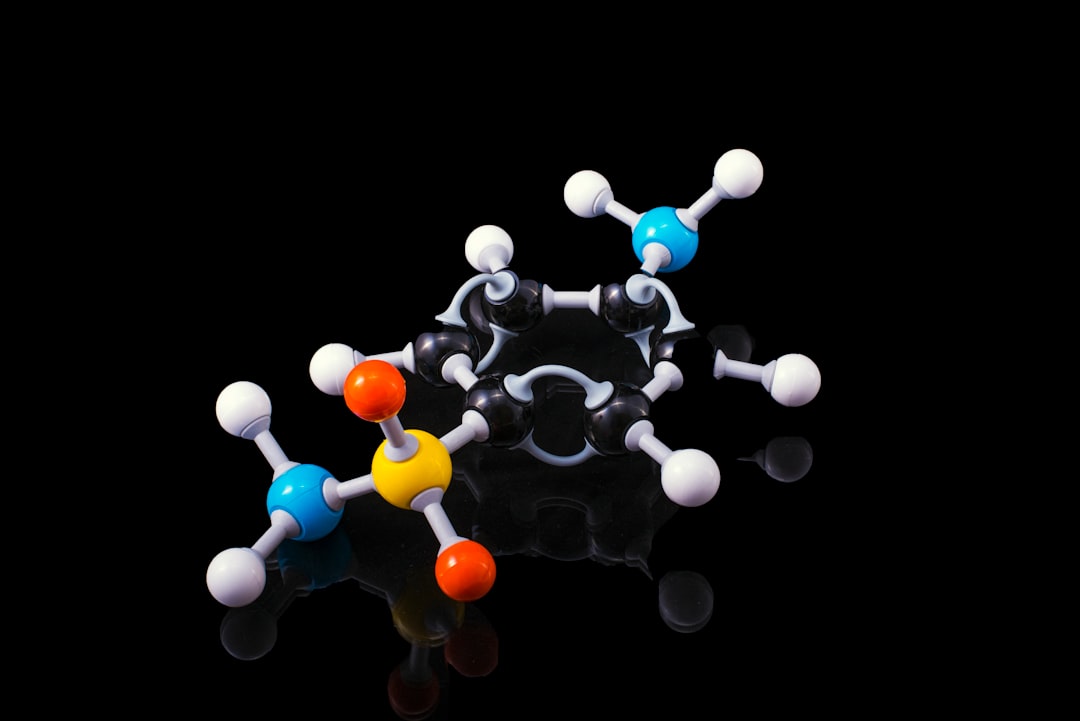What is it about?
In the adult nervous system, the major source of nucleotide synthesis is the salvage pathway. Uridine is the major form of pyrimidine nucleosides taken up by the brain. Uridine is phosphorylated to nucleotides, which are used for DNA and RNA synthesis as well as for the synthesis of membrane constituents and glycosylation. Uridine nucleotides and UDP-sugars may be released from neuronal and glial cells. Plasmamembrane receptors of 7 transmembrane domains have been identified that recognize UTP, UDP, and UDP-sugar conjugates. These receptors are called P2Y2 and P2Y4, P2Y6, and P2Y14 receptors, respectively. In addition, binding sites for uridine itself have also been suggested. Furthermore, uridine administration had sleep-promoting and anti-epileptic actions, improved memory function and affected neuronal plasticity. Information only starts to be accumulating on potential mechanisms of these uridine actions. Some data are available on the topographical distribution of pyrimidine receptors and binding sites in the brain, however, their exact role in neuronal functions is not established yet. There is also a scarcity of data regarding the brain distribution of other components of the pyrimidine metabolism although site specific functions exerted by their receptors might require different metabolic support.
Featured Image
Why is it important?
Despite the gaps in our knowledge on the neuronal functions of pyrimidine nucleosides, their therapeutic utilization is appealing. They have been suggested for the treatment of epileptic and neurodegenerative diseases as neuroprotective agents. In addition, the development of traditional drugs acting specifically on pyrimidine receptor subtypes is also promising as a new direction to treat neurological disorders.
Perspectives
Emerging evidence suggests that uridine is a neuroactive molecule, which is involved in the regulation of certain neural functions apart from its role in pyrimidine metabolism. Uridine has sleep-promoting and anti-epileptic effects, might affect mood, improves memory function and influences neuronal plasticity. Evidence for the existence of uridine-sensitive neurons is also convincing. These actions are likely to be exerted via its actions on membrane formation, by the known uridine nucleotide receptors, or even on its own putative receptor predicted in plasmamembranes or intracellular binding sites in the central nervous system. Since uridine, as a dietary component, is not toxic and has access to the brain from the plasma through transporters, it is an appealing lead molecule for the development of drugs with central site of action. Based on its actions, the therapeutic application of uridine and its derivatives are being explored.
Dr Zsolt Kovacs
Eötvös Loránd University
Read the Original
This page is a summary of: Uridine Function in the Central Nervous System, Current Topics in Medicinal Chemistry, April 2011, Bentham Science Publishers,
DOI: 10.2174/156802611795347618.
You can read the full text:
Resources
Contributors
The following have contributed to this page










